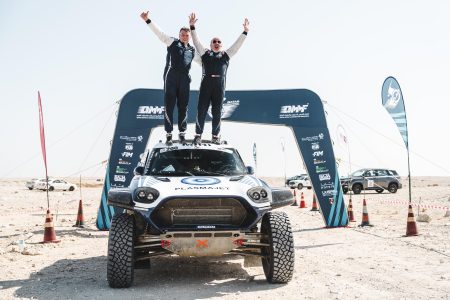How things have changed! The start of the Dakar is swapping the shores of the Pacific Ocean for the Red Sea, while the dunes of the Ica Desert give way to the Empty Quarter.
The Dakar’s move to Saudi Arabia has left behind some of the stars of the quad category, which had almost become the private stomping grounds of local riders during the South American era. Latin Americans, with the Argentinians at the forefront, claimed no fewer than eight of the eleven titles in play.
Now, the only top-flight representative of the continent will be 2014 and 2018 champion Ignacio Casale, who is returning to the machine of his glory days after a lacklustre debut in the SSV category in 2019, when he had to withdraw in stage 6. The reigning champion, Nicolás Cavigliasso, will not be defending his title, leaving plate number 250 —along with the weight of being the top favourite— to the Chilean rider.
However, the change of scenery appears to have whetted the appetite of the competition, especially the other former winner on the start list, Rafał Sonik, who is heading back to the Dakar after a long time nursing a double fracture of the tibia and fibula and taking his sixth World Cup.
The 2015 champion is not the only card in play for the Polish contingent. Kamil Wiśniewski finished sixth last year and claimed a podium step in the Rallye du Maroc, where he finished in third place right behind Sonik.
The French delegation is also worth a mention. Although the Dakar has often ended in tears for its top riders, their raw speed and never-say-die spirit are a staple of the quad race. Alexandre Giroud can therefore hope to improve on his fourth place last January.
Axel Dutrie, who had to quit the race early in 2019 after finishing fifth in 2017, also has what it takes to perform at this level. Meanwhile, Latin America is pinning its hopes on Nelson Sanabria, an ever-consistent outsider from Paraguay (fourth in 2015), as well as Manuel Andújar, an Argentinian rider who took fifth place in his second participation in the Dakar in Peru.


